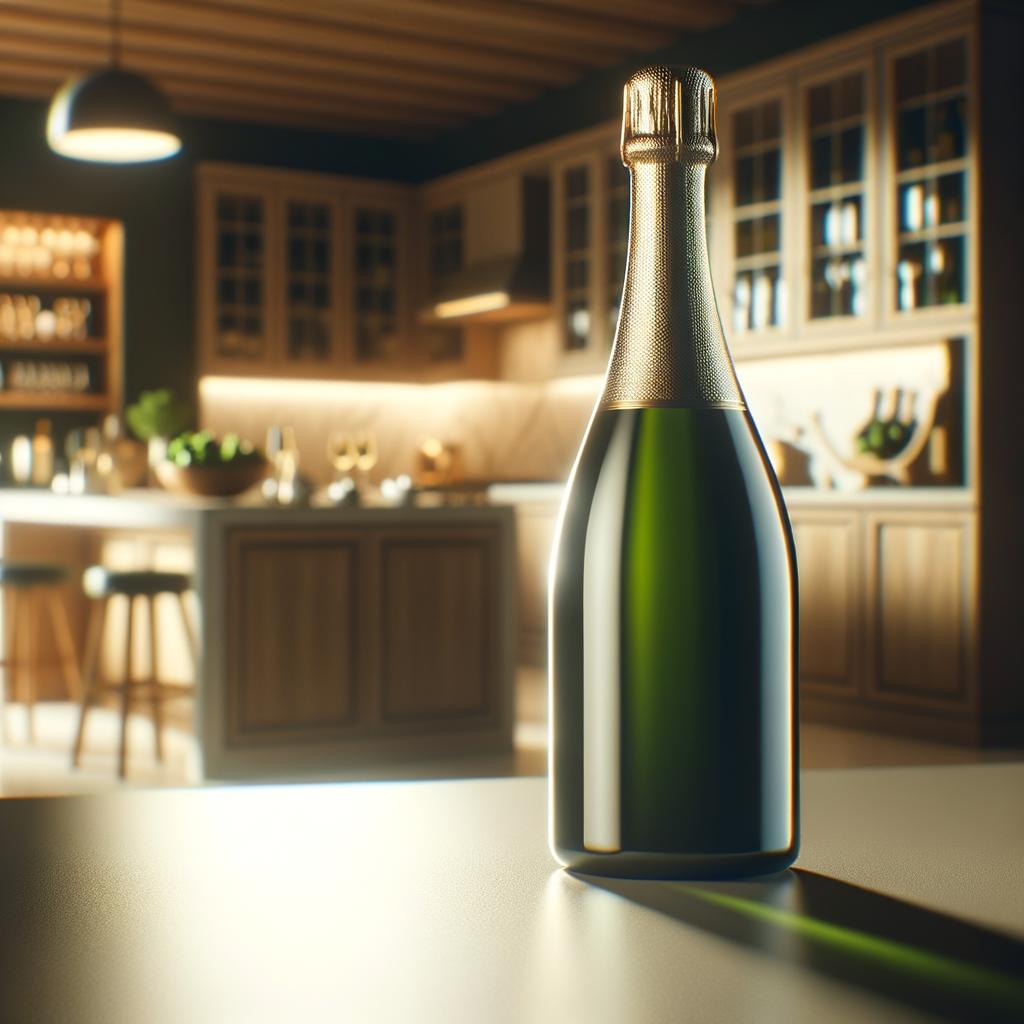Champagne or Sparkling Wine

Description
Champagne, a sparkling wine renowned for its effervescence and elegance, is a quintessential symbol of celebration and luxury. It boasts a pale golden hue, dancing with tiny bubbles that rise in a persistent stream to the surface. The texture of Champagne is a delightful combination of crisp acidity and delicate creaminess, a sensation that is both invigorating and smooth. Its flavor profile is complex, often encompassing notes of citrus, pear, green apple, white peach, and a touch of brioche or almond on the finish. What sets Champagne apart from other sparkling wines is its origin. True Champagne can only come from the Champagne region of France, and it's this terroir that lends the wine its unique characteristics.
Primary Uses
Champagne is typically served as an aperitif or during toasts at special events. However, its versatility extends far beyond these traditional roles. It is a key component in a range of cuisines, pairing beautifully with a variety of dishes, from seafood and sushi to cheese and desserts. Its high acidity and carbonation make it an excellent palate cleanser. In addition, Champagne is used in several cocktails, such as the classic Mimosa or the sophisticated Champagne Cocktail. Beyond its culinary uses, Champagne holds a significant cultural significance, often associated with success, achievement, and festive occasions.
History
Champagne's history is as effervescent as the wine itself. It was first created by the Romans, who planted vineyards in northeastern France, now known as the Champagne region. However, the sparkling version of Champagne wasn't developed until the 17th century, credited to a Benedictine monk named Dom Pérignon. Over time, Champagne's popularity grew, and it became associated with royalty and nobility. Today, it continues to be a symbol of prestige and celebration. There are many intriguing stories associated with Champagne, including the tradition of sabering, where the cork is removed with a saber in a dramatic fashion, a practice that dates back to the Napoleonic era.
Nutritional Information
Champagne, like other wines, is rich in certain nutrients. It contains a variety of antioxidants, including polyphenols, which may help to protect the heart. It is also a source of vitamins and minerals, such as potassium, zinc, and magnesium. Despite its luxurious image, Champagne is relatively low in calories, with a standard glass containing fewer calories than a glass of red or white wine. However, it's worth noting that Champagne, like all alcoholic beverages, should be consumed in moderation. Overconsumption can lead to health risks, including alcohol dependency and liver disease. Compared to other sparkling wines, Champagne tends to have a higher mineral content due to the unique soil composition of the Champagne region.

